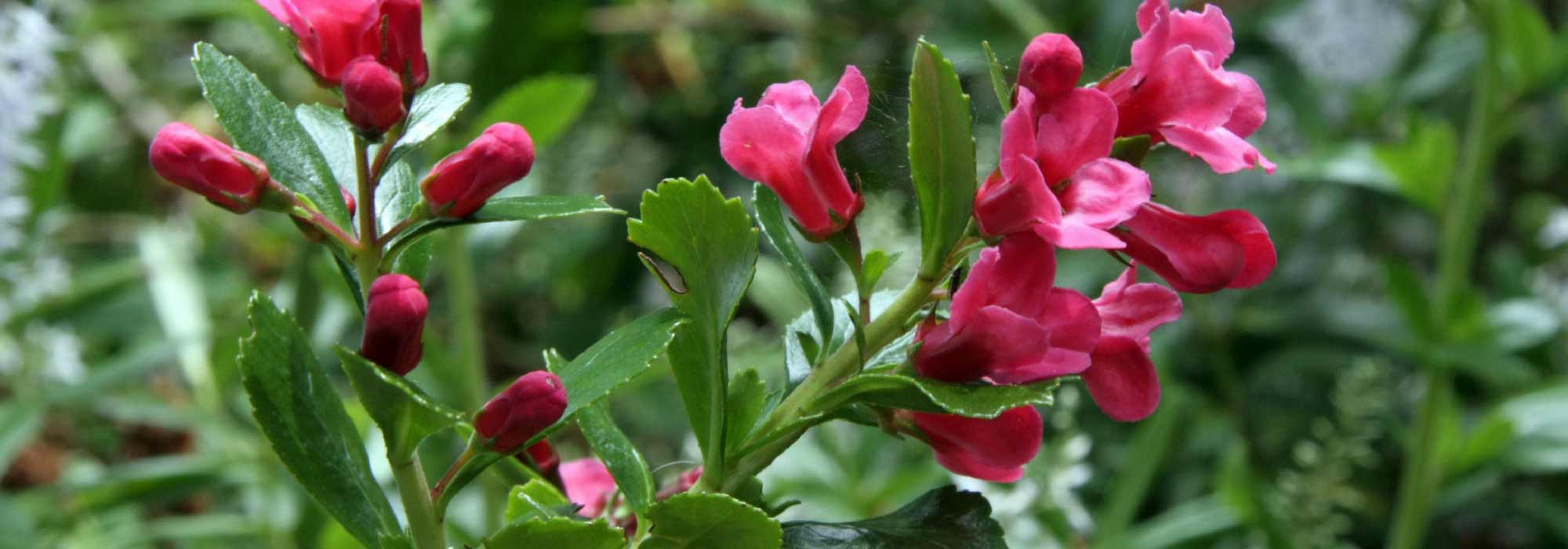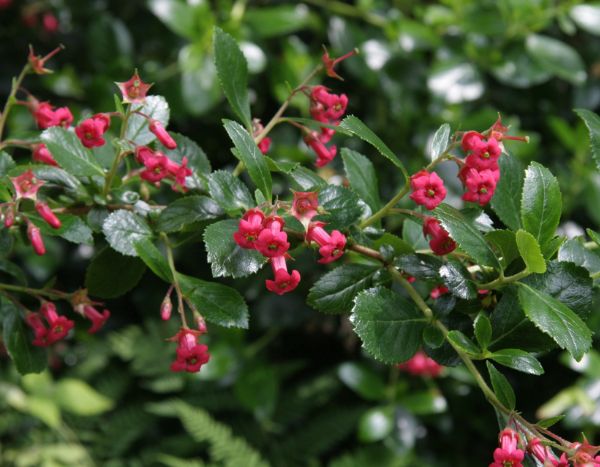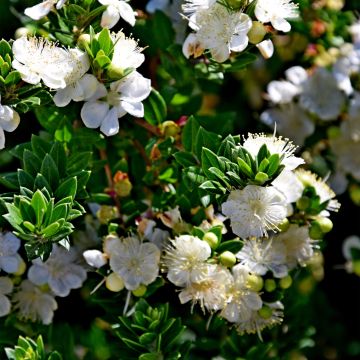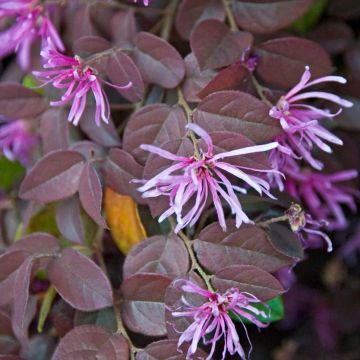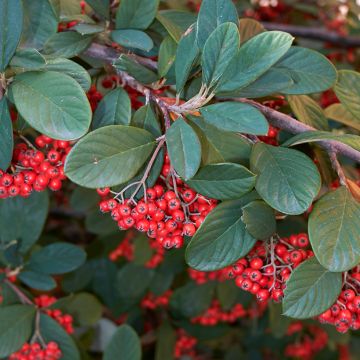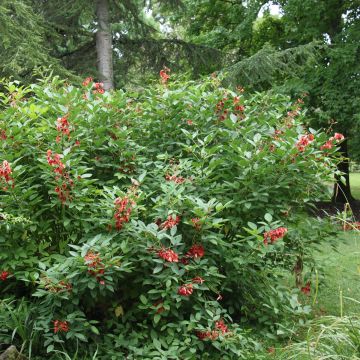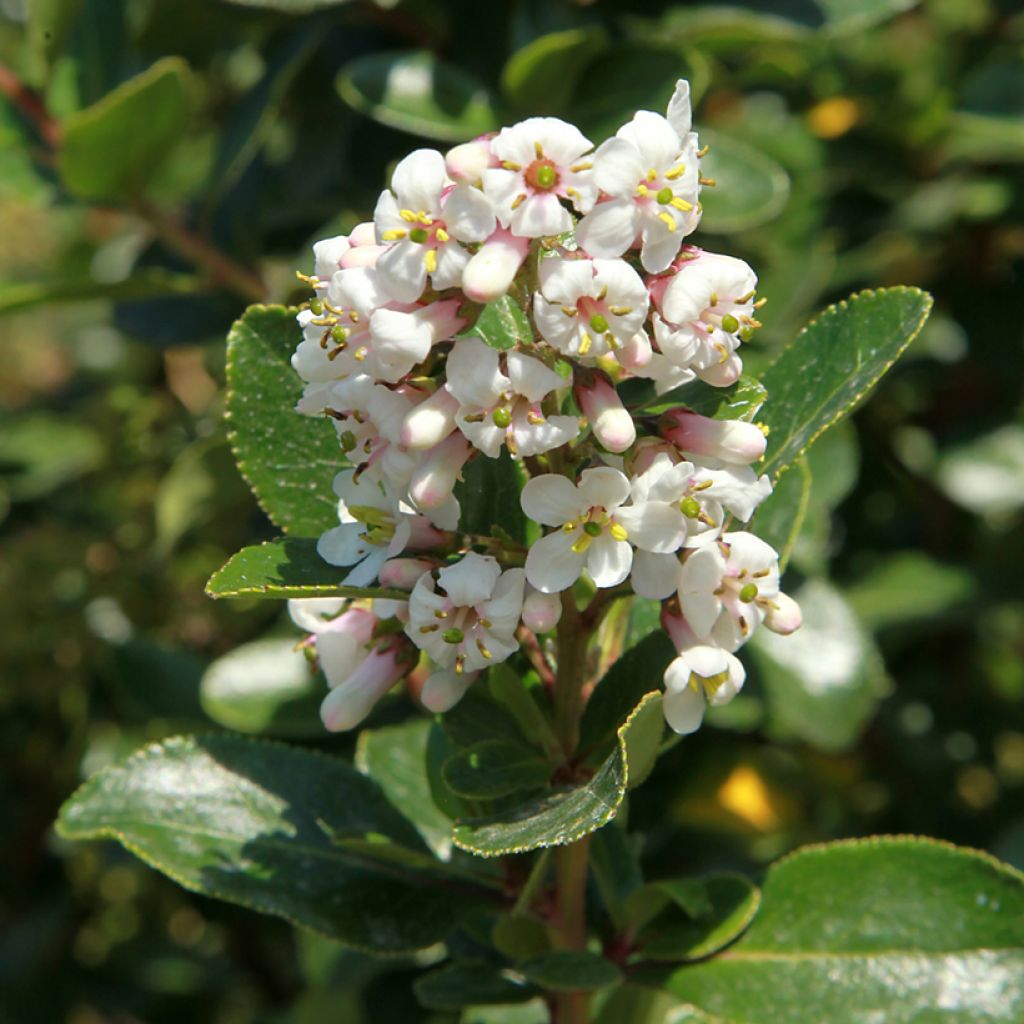

Escallonia Iveyi
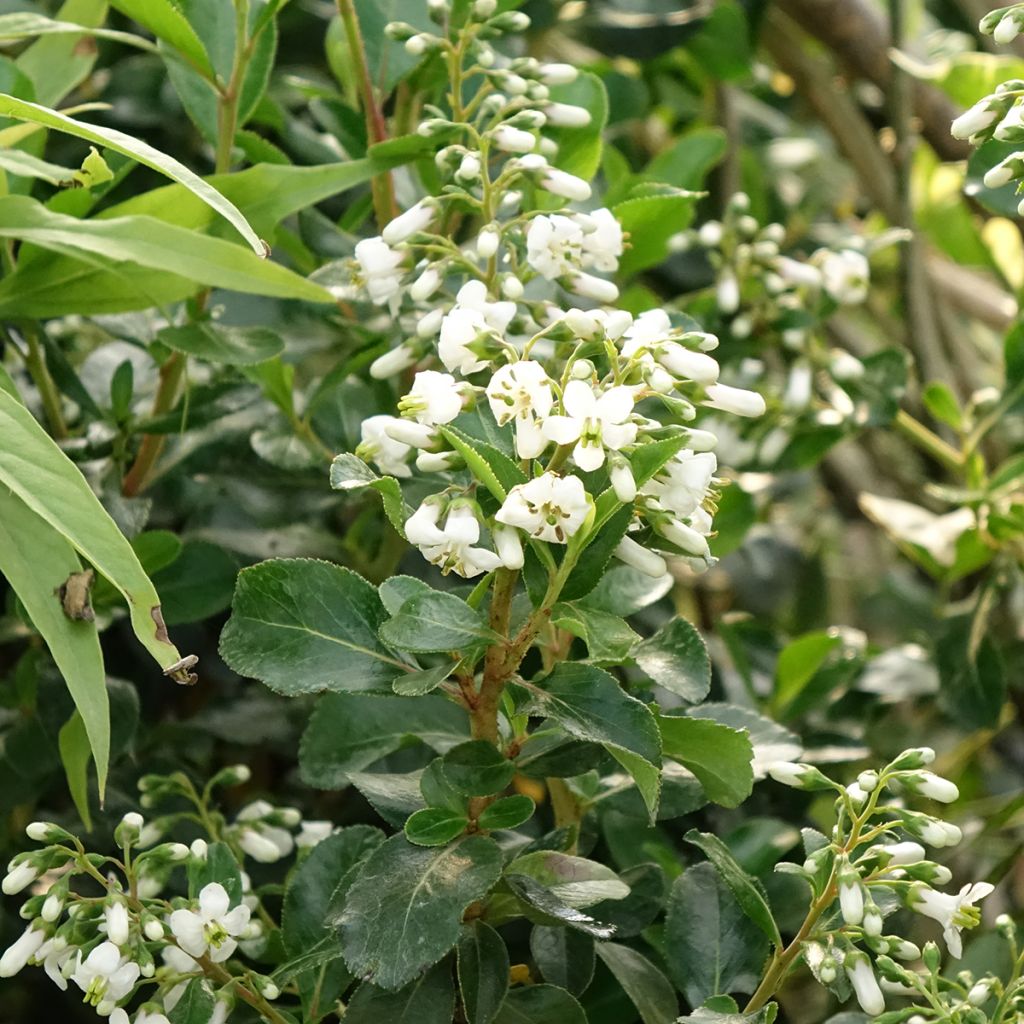

Escallonia Iveyi
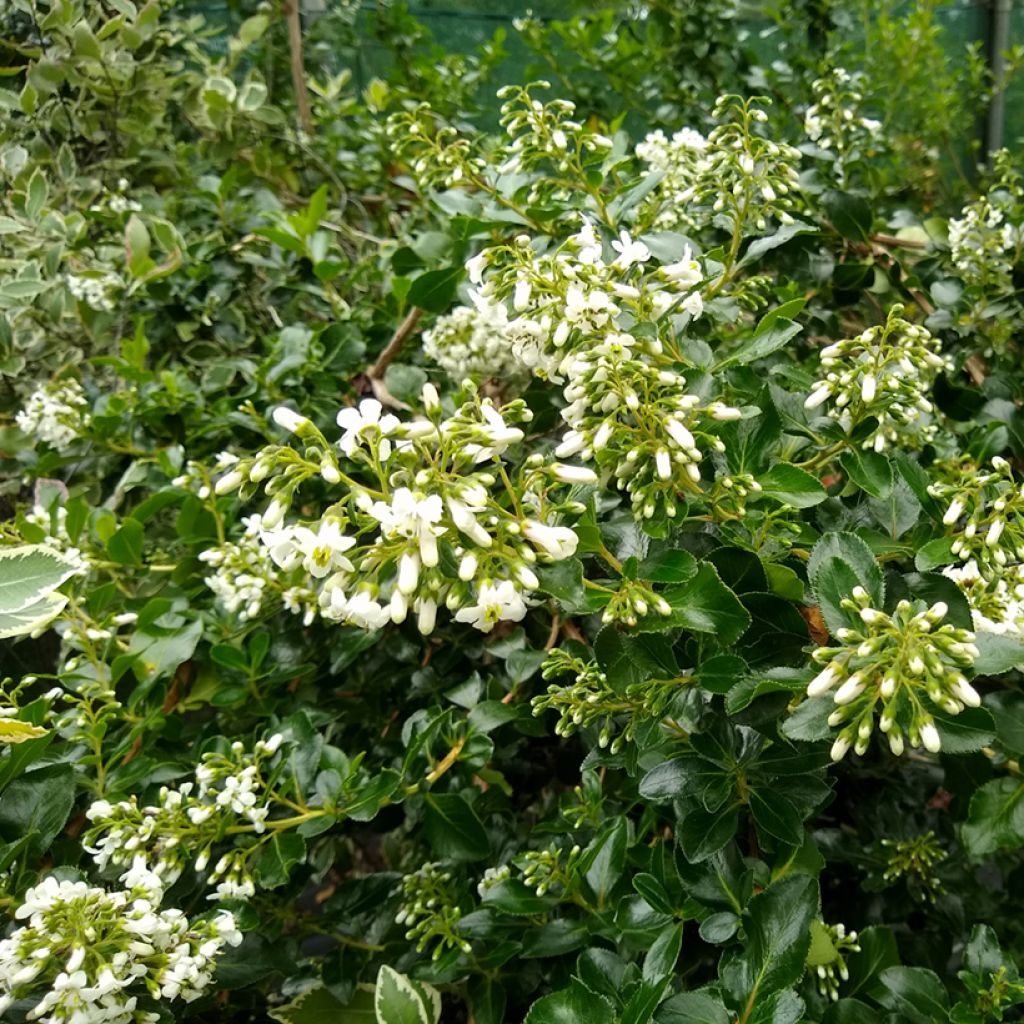

Escallonia Iveyi


Escallonia Iveyi
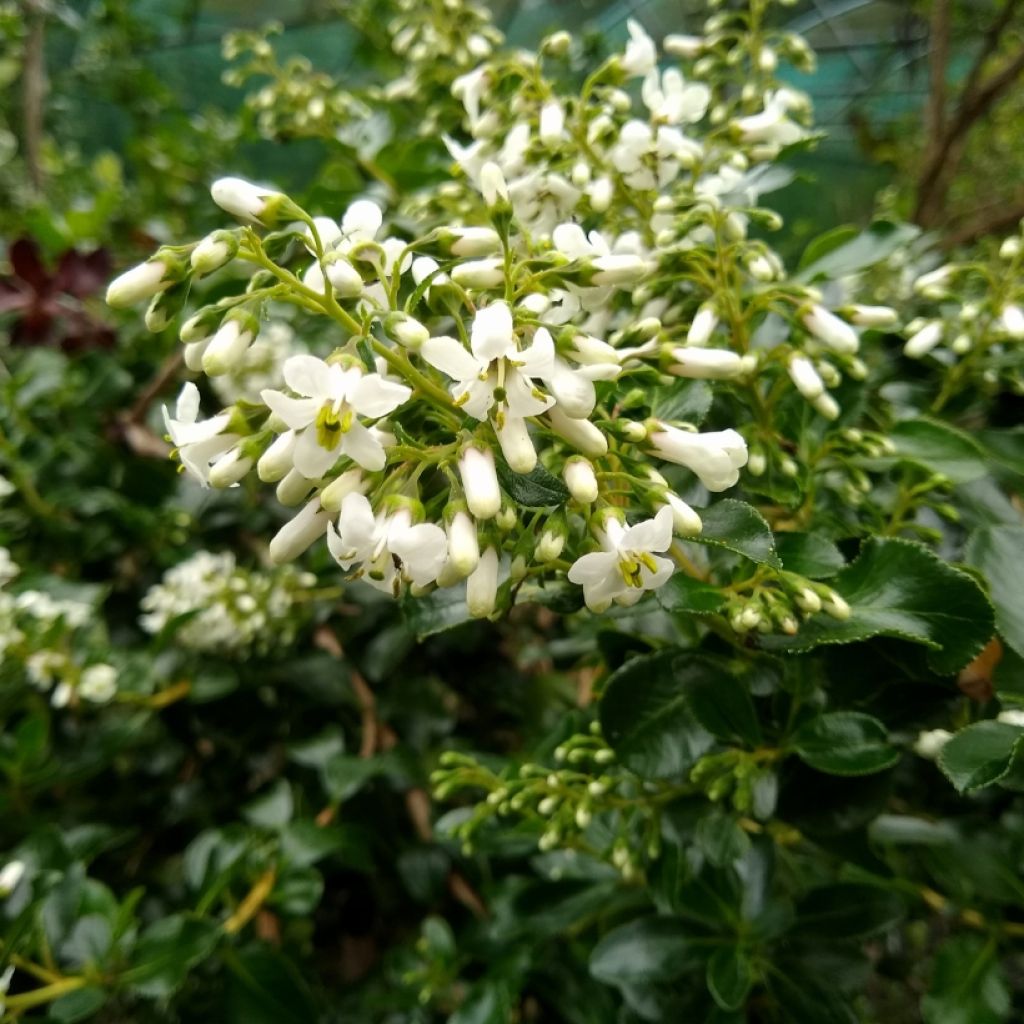

Escallonia Iveyi
Escallonia Iveyi
Escallonia bifida x exoniensis Iveyi
Redclaws
Very nice young plant, very well packaged, I planted it immediately and it's settling in nicely. I can't wait to see it flower!
Nelly, 23/05/2022
Special offer!
Receive a €20 voucher for any order over €90 (excluding delivery costs, credit notes, and plastic-free options)!
1- Add your favorite plants to your cart.
2- Once you have reached €90, confirm your order (you can even choose the delivery date!).
3- As soon as your order is shipped, you will receive an email containing your voucher code, valid for 3 months (90 days).
Your voucher is unique and can only be used once, for any order with a minimum value of €20, excluding delivery costs.
Can be combined with other current offers, non-divisible and non-refundable.
Home or relay delivery (depending on size and destination)
Schedule delivery date,
and select date in basket
This plant carries a 24 months recovery warranty
More information
We guarantee the quality of our plants for a full growing cycle, and will replace at our expense any plant that fails to recover under normal climatic and planting conditions.

Would this plant suit my garden?
Set up your Plantfit profile →
Description
Escallonia 'Iveyi' is a beautiful bush with gracefully arched branches that highlight its generous, long and pleasantly scented flowering. Perfectly adapted to coastal conditions, it tolerates wind, spray, and summer drought. This vigorous hybrid, widely used as an evergreen hedge, also has a lot of charm in a shrub border. It can be grown in containers, which allows it to be overwintered in cold regions.
Escallonia 'Iveyi' was discovered in around 1920 in Great Britain by a gardener named Ivey at Caerhays Castle Garden (Cornwall). It is a cross between Escallonia 'Exoniensis' and E. bifida. The plant, which grows fairly quickly, forms a well-branched, overall rounded bush, which will not exceed 3 m (9.8 ft) in height (about 2 m (6.6 ft) in all directions at the age of 10). Its arching branches bear small evergreen leaves in winter, 4 cm (1.6 in) in length. The leaves are leathery, ovate, toothed, and a shiny dark green. Flowering occurs in June-July, and then again in September. It takes the form of pyramid-shaped panicles, about 12 cm (4.7 in) long. Each panicle is composed of numerous white tubular corollas with a yellowish-green centre. The flowers emit a sweet fragrance that attracts bees and butterflies.
Escallonia 'Iveyi', an excellent evergreen hedge bush, only fears excessively chalky soils, icy winds, and cold winters. In a hedge, it replaces conifers advantageously with its long-lasting flowering, decorative evergreen foliage, and rapid growth. It can be combined with many other shrubs (evergreen ceanothus, Elaeagnus, bay laurel, olearias), thus promoting biodiversity in the garden. It is essential in coastal gardens, as its flowering brightens the foliage of Atriplex and Japanese spindle trees, for example.
Escallonia Iveyi in pictures
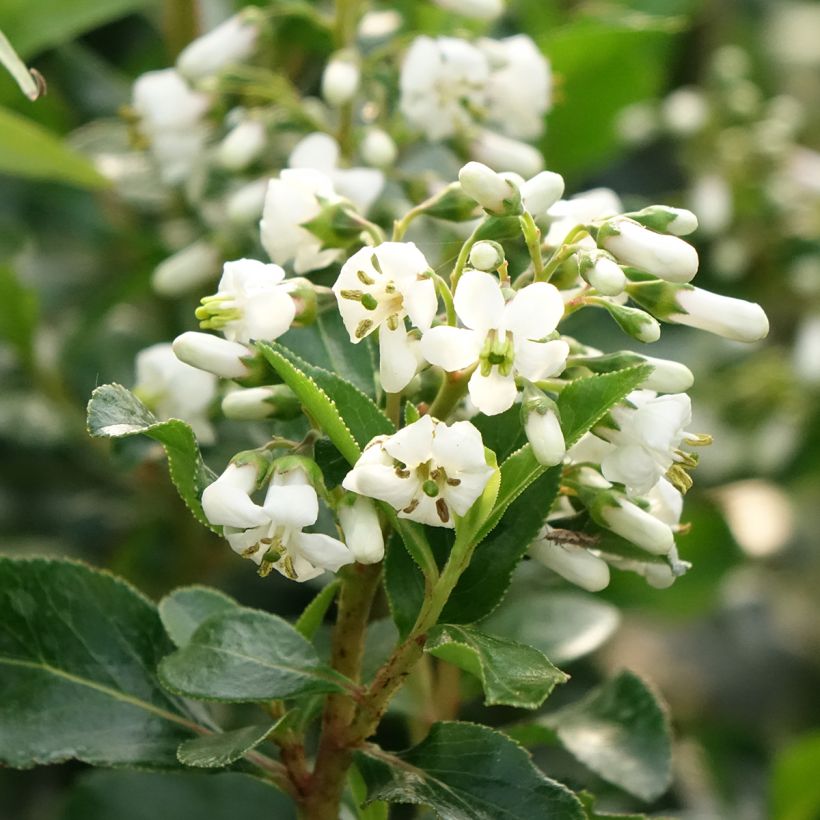

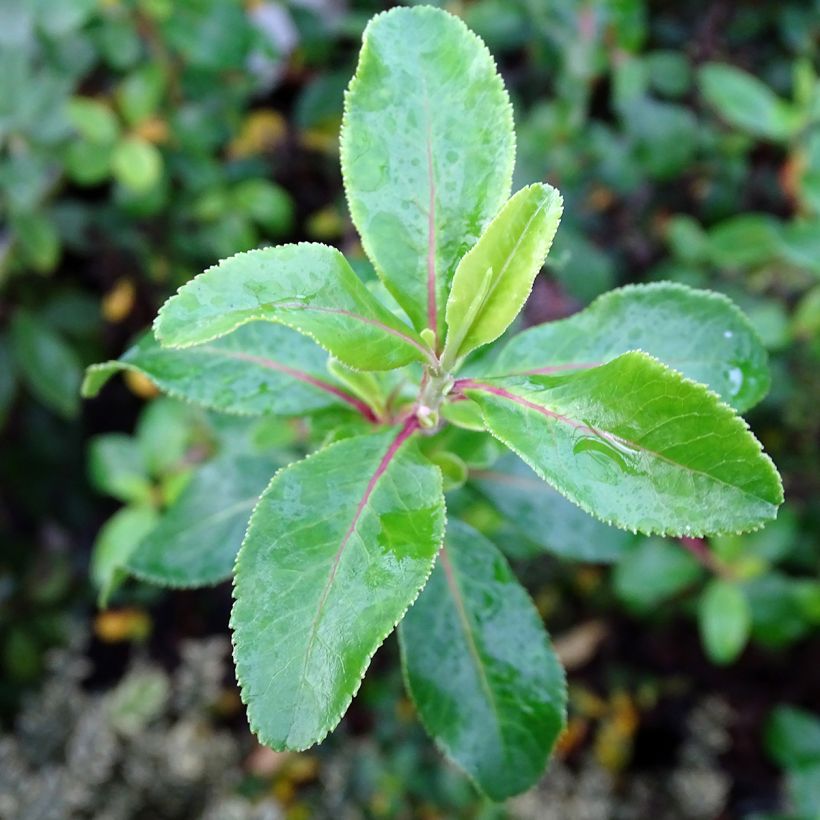

Plant habit
Flowering
Foliage
Botanical data
Escallonia
bifida x exoniensis
Iveyi
Escalloniaceae
Redclaws
Cultivar or hybrid
Planting and care
Escallonia 'Iveyi' adapts to any soil that is sufficiently deep and properly drained, even slightly calcareous. Choose a sunny or partially shaded exposure (preferably in hot and dry climates). It can withstand sea spray, but not cold winter winds. An adult plant can endure brief frosts of around -10° C (14° F), while young and recently planted specimens are a bit more sensitive. Once well rooted, it tolerates summer drought well. Apply rose fertiliser in spring. Prune to balance the shape in February and September. Mulch the base in winter. It does not like stagnant moisture, especially in winter. If the soil is excessively calcareous, it may suffer from chlorosis.
When planting in a hedge, space it 80 cm (31.5 in) apart. Perform a pruning to one-third of their height in the first few years during their establishment so that their growth becomes compact and dense. In a hedge, trim branches that disrupt symmetry once it has reached the desired height. It can be pruned into a ball shape. In colder regions, plant it in a protected position, south-facing against a wall or west-facing in the back of a bed or in a hedge.
Planting period
Intended location
Care
Planting & care advice
-
, onOrder confirmed
Reply from on Promesse de fleurs
Similar products
Haven't found what you were looking for?
Hardiness is the lowest winter temperature a plant can endure without suffering serious damage or even dying. However, hardiness is affected by location (a sheltered area, such as a patio), protection (winter cover) and soil type (hardiness is improved by well-drained soil).

Photo Sharing Terms & Conditions
In order to encourage gardeners to interact and share their experiences, Promesse de fleurs offers various media enabling content to be uploaded onto its Site - in particular via the ‘Photo sharing’ module.
The User agrees to refrain from:
- Posting any content that is illegal, prejudicial, insulting, racist, inciteful to hatred, revisionist, contrary to public decency, that infringes on privacy or on the privacy rights of third parties, in particular the publicity rights of persons and goods, intellectual property rights, or the right to privacy.
- Submitting content on behalf of a third party;
- Impersonate the identity of a third party and/or publish any personal information about a third party;
In general, the User undertakes to refrain from any unethical behaviour.
All Content (in particular text, comments, files, images, photos, videos, creative works, etc.), which may be subject to property or intellectual property rights, image or other private rights, shall remain the property of the User, subject to the limited rights granted by the terms of the licence granted by Promesse de fleurs as stated below. Users are at liberty to publish or not to publish such Content on the Site, notably via the ‘Photo Sharing’ facility, and accept that this Content shall be made public and freely accessible, notably on the Internet.
Users further acknowledge, undertake to have ,and guarantee that they hold all necessary rights and permissions to publish such material on the Site, in particular with regard to the legislation in force pertaining to any privacy, property, intellectual property, image, or contractual rights, or rights of any other nature. By publishing such Content on the Site, Users acknowledge accepting full liability as publishers of the Content within the meaning of the law, and grant Promesse de fleurs, free of charge, an inclusive, worldwide licence for the said Content for the entire duration of its publication, including all reproduction, representation, up/downloading, displaying, performing, transmission, and storage rights.
Users also grant permission for their name to be linked to the Content and accept that this link may not always be made available.
By engaging in posting material, Users consent to their Content becoming automatically accessible on the Internet, in particular on other sites and/or blogs and/or web pages of the Promesse de fleurs site, including in particular social pages and the Promesse de fleurs catalogue.
Users may secure the removal of entrusted content free of charge by issuing a simple request via our contact form.
The flowering period indicated on our website applies to countries and regions located in USDA zone 8 (France, the United Kingdom, Ireland, the Netherlands, etc.)
It will vary according to where you live:
- In zones 9 to 10 (Italy, Spain, Greece, etc.), flowering will occur about 2 to 4 weeks earlier.
- In zones 6 to 7 (Germany, Poland, Slovenia, and lower mountainous regions), flowering will be delayed by 2 to 3 weeks.
- In zone 5 (Central Europe, Scandinavia), blooming will be delayed by 3 to 5 weeks.
In temperate climates, pruning of spring-flowering shrubs (forsythia, spireas, etc.) should be done just after flowering.
Pruning of summer-flowering shrubs (Indian Lilac, Perovskia, etc.) can be done in winter or spring.
In cold regions as well as with frost-sensitive plants, avoid pruning too early when severe frosts may still occur.
The planting period indicated on our website applies to countries and regions located in USDA zone 8 (France, United Kingdom, Ireland, Netherlands).
It will vary according to where you live:
- In Mediterranean zones (Marseille, Madrid, Milan, etc.), autumn and winter are the best planting periods.
- In continental zones (Strasbourg, Munich, Vienna, etc.), delay planting by 2 to 3 weeks in spring and bring it forward by 2 to 4 weeks in autumn.
- In mountainous regions (the Alps, Pyrenees, Carpathians, etc.), it is best to plant in late spring (May-June) or late summer (August-September).
The harvesting period indicated on our website applies to countries and regions in USDA zone 8 (France, England, Ireland, the Netherlands).
In colder areas (Scandinavia, Poland, Austria...) fruit and vegetable harvests are likely to be delayed by 3-4 weeks.
In warmer areas (Italy, Spain, Greece, etc.), harvesting will probably take place earlier, depending on weather conditions.
The sowing periods indicated on our website apply to countries and regions within USDA Zone 8 (France, UK, Ireland, Netherlands).
In colder areas (Scandinavia, Poland, Austria...), delay any outdoor sowing by 3-4 weeks, or sow under glass.
In warmer climes (Italy, Spain, Greece, etc.), bring outdoor sowing forward by a few weeks.






























